- M.A
- information
- 9006 views
- 2 comments
- historical
Xerxes was the fourth king of the Achaemenid dynasty, and he ruled over a large geographical area, which extended to the Jihun and Seyhan rivers on one side and Greece and Egypt on the other.
The Achaemenid government has had religious tolerance since its establishment by Cyrus the Great. The Iranians expanded their geographical area beyond the Nile, namely from Seyhun and Jihun in the northeast to Sindh and Punjab in the southeast, and from the Black Sea and Greece to the Mediterranean and Libya. After Darius the Great, King Xerxes inherited a large land inhabited by various tribes. In the last years of Darius's rule, there were wars between Iran and Greece, extending to the period of King Xerxes' rule.
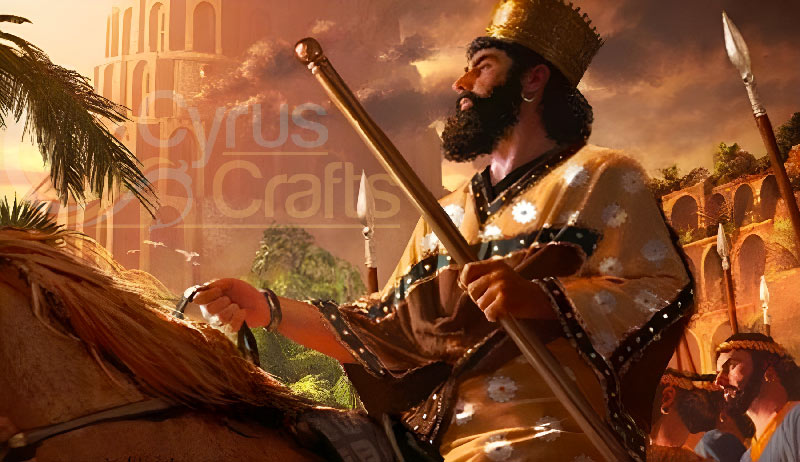
Note that there are no clear and accurate sources about King Xerxes, and Greek historians wrote the only available sources in a downright hostile manner against King Xerxes. In this article, we tried to take a fair look at the history and biography of this influential king. Still, inevitably, impressions of this ancient Greek myth are given in this article.
Who Was Xerxes?
King Xerxes of Persia (Khashayar) was born around 520 BCE in the southern province of Persis (Fars). Xerxes ruled the Achaemenid Empire from 486 to 465 BC. During his reign, he is most famous for his Persian campaigns against Greece in battles such as Thermopylae, Salamis, and Plataea. Xerxes was Darius the Great's eldest son by Queen Atosa (daughter of Cyrus the Great), and while crown prince, he ruled as the King's governor in Babylon.
The name Xerxes (Khashayar) has two parts. The first part is "Khashai," which means king, and the second is "Arsha," which means a hero. With this explanation, "Xerxes" means "heroic king." Some have interpreted it as the ruler of the hero. According to the sources, this name was given to him after he sat on the throne.
After his coronation in 485 BC, Xerxes put down an Egyptian rebellion in one campaign. Cyrus the Great and Darius ruled foreign lands through their policies. Xerxes may have acted slightly more harshly than his ancestors, but he fundamentally adhered to these rules. After the Egyptians rebelled against the Achaemenid government and the suppression of the rebellion by Xerxes, the king completely disregarded the Egyptian government, imposed his will on the rebellious province in the Iranian manner, and took the freedom of action from the Egyptians. Plans to attack Greece, which began under Darius, were then delayed by a major revolt in Babylonia around 482 BC, which was also suppressed with a heavy hand.
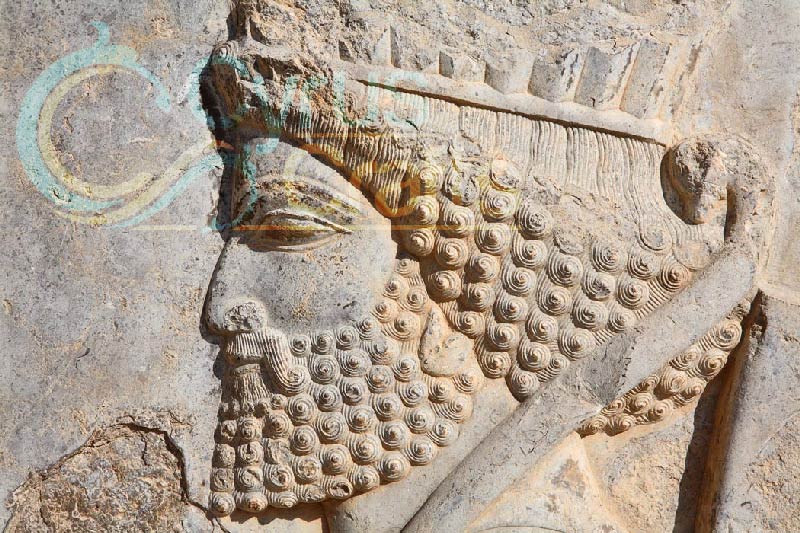
Cyrus Crafts; Luxury & Unique Products
Xerxes's grandfather, Cyrus the Great, abolished slavery in all its forms, while slavery and the subjection of humans were the norms in the historical Western world, such as Greece and Rome. Along with the abolition of slavery, Cyrus also established freedom of religion and other inalienable human rights by law. This can be found in what is referred to by historians today as the Cyrus Cylinder, which was decreed over 2500 years before Abraham Lincoln's Emancipation Proclamation. Xerxes continued to uphold the laws and freedoms his grandfather, Cyrus the Great, established.
How Old Was Xerxes When He Became King?
As the first son born during Darius' rule and a descendant of Cyrus, Xerxes claimed the throne stronger than anyone else. Artabazenes, his older brother from another mother, did not argue with or challenge the decision. King Xerxes of Persia was around 35 when he came to power and served as Babylon's satrap for over a decade.
What is Xerxes Most Famous for?
He is most famous for his invasion of Greece across the Hellespont in 480 BCE, which included the battles of Thermopylae, Salamis, and Plataea. The Achaemenid Empire's decline began with his defeat. Perhaps (According to Greek sources) King Xerxes was the most notorious of the Achaemenid Persian kings. In addition to harsh punishments and womanizing, Xerxes I was known for draining the Persian Empire's coffers. At Persepolis, he built massive palaces and left his mark on both European and Asian history.
Is "Xerxes 300" a Movie Based on Real History?
The producer of “300: Rise of An Empire” says, “I traveled to Greece to get information and read many historical books about the battle of Xerxes with the Greeks.” His words may be true, but as mentioned at the article's beginning, relying completely on Greek sources to make a historical film does not seem fair. This film is more like a comic book than a historical film, so many scenes in the film are exaggerated and untrue.

Are Xerxes and Ahasuerus the Same Person?
Ahasuerus is a royal Persian name that occurs throughout the Old Testament. According to Persian kings' lineage, Ahasuerus is evidently the same person as Xerxes.
In Ezra 4:6, Ahasuerus is mentioned as a king of Persia, to whom the enemies of the Jews sent representations opposing the rebuilding of the Temple of Jerusalem. Thus, he occupies a place in a chronological series of Persian rulers who were directly involved in Jewish history. In Daniel 9:1, Ahasuerus is described as the father of "Darius the Mede," who became king over Babylonia after Belshazzar's death.
Inscriptions of King Xerxes
There are 12 inscriptions left by Xerxes, some of which are as follows:
- The Xerxes inscription in Persepolis is written in ancient Persian, Elamite, and Akkadian languages. The ancient Persian text of the book has 20 lines. It includes the praise of Ahura Mazda (God), the introduction of King Xerxes of Persia, the description of the vestibule building in Persepolis and other buildings, and again prayer to Ahura Mazda.
- The second inscription of Xerxes king in Persepolis, known as the "b" inscription, is written in ancient Persian and has 30 lines. This inscription also includes praise of Ahura Mazda, an introduction to King Xerxes, a description of a building in Persepolis and other Iranian architectural masterpieces, and a prayer to Ahura Mazda at the end.
- Six other inscriptions of Xerxes I have remained in Persepolis; some are bilingual, and some are trilingual.
- The Alvand inscription in Susa was written in ancient Persian, Akkadian, and Elamite languages. The ancient Persian text contains 20 lines and is located on the right side of the inscription of Darius in Alvand.
- One inscription is trilingual and has 27 lines. It praises Ahuramazda, introduces the king, and mentions the building that Darius built. King Xerxes wrote the memorial inscription on it.
- The Hamadan inscription is another of Xerxes I's inscriptions engraved on a silver cup in Hamadan. This inscription is written in the ancient Persian language. The cup was in the house of the King.
- The inscription of Persepolis is written in two languages: ancient Persian and Akkadian. The ancient Persian text has 11 lines. The inscription includes praise of Ahuramazda, the king's introduction, and a description of the construction that King Xerxes of Persia started and Ardashir finished.
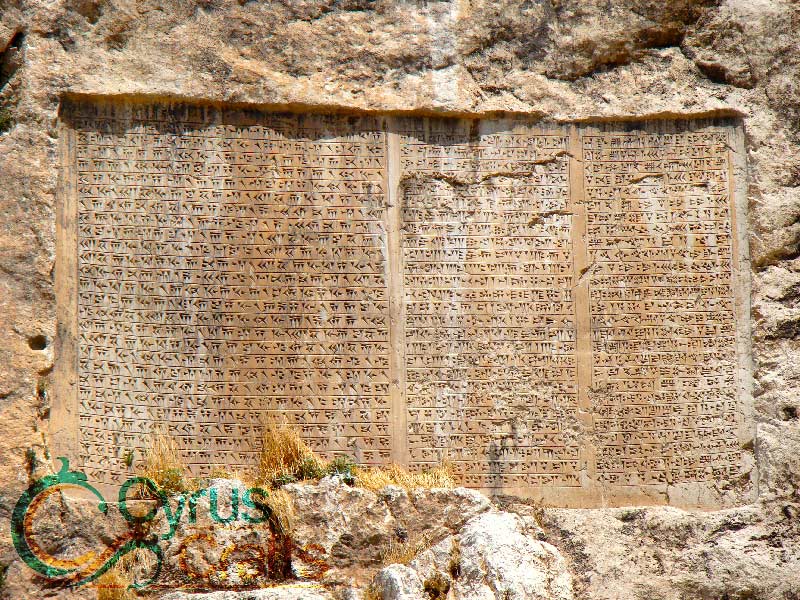
Which One Won in the Battles Between Iran and Greece?
King Xerxes planned to go to war with Greece. To achieve his goals, he provided a huge army. Herodotus, the Greek historian, greatly exaggerated the description of the army of Xerxes's king. He mentioned the number of Iranian troops very much to magnify Greece's victory in the war with King Xerxes.
The first war between Iran and Greece during the reign of King Xerxes was the War of Thermopylae. The Greek army, who could not face the Iranians, built a trench in a narrow strait called Thermopylae and waited for the Iranian forces. However, the commander of the Iranian army, planning a war policy, along with a few military forces, reached the back of the Greek army and defeated them. In this way, Iran won the first battle.
After Iranian forces captured Athens, there was no trace of resistance in Athens, and Iranian naval forces had conquered the seas, But "Themistocles" trapped the Iranian navy in the Salamis passage and imposed another war on the Iranian troops. In this battle, the Iranian army was defeated due to unfamiliarity with this passage and the conspiracy of spies.
After that, in 479 BC, the Greek army lined up in front of Mardounieh (commander of the Iranian army), and a war broke out between them. When the Iranians were about to win in this war, suddenly, Mardounieh was killed by an arrow, and the Iranian army was left without a commander and lost the war. This battle was the final battle between Iran and Greece. In this battle, a part of the Iranian navy located near Mikal reached the Greeks, and the Aegean Sea, which was under Iran's control until that day, was taken by the Greeks.
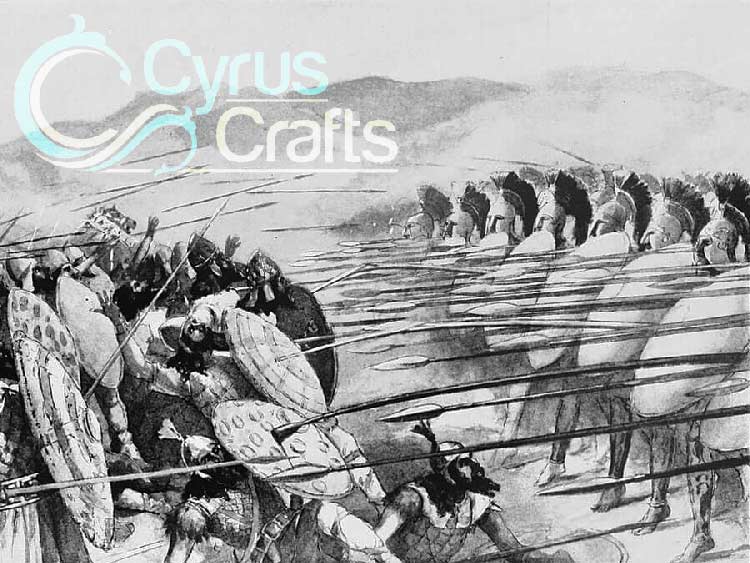
Why Did Xerxes Get Assassinated?
Xerxes was assassinated by one of his ministers, Artabanus, probably on the orders of his younger son, who succeeded in claiming the throne. Why was Xerxes assassinated? It was the beginning of the end for the Achaemenid Empire, which was bankrupt from war and destabilized by this assassination. Remember, winners write the history, so no one can exactly tell you why Xerxes was assassinated.
The Last Words about King Xerxes of Persia
In this article, we tried to pay homage to Iran's rich history—a history full of ups and downs, victories and failures. The king Xerxes of Persia is one of the most famous and popular monarchs in world history. CyrusCrafts always tries to show the world who the Iranian people are and what this great country's history is.
At CyrusCrafts' online store, we rely on Cyrus's great name and have sufficient knowledge and expertise to supply and sell all kinds of Iranian handicrafts, Persian carpets, etc.







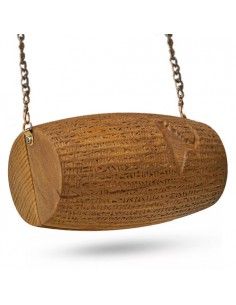

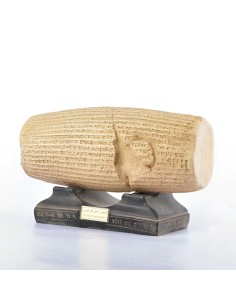

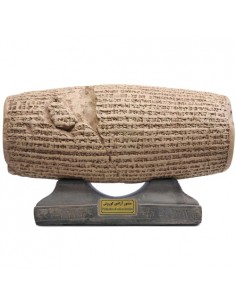

Comments (2)